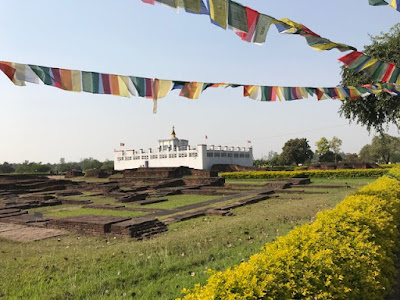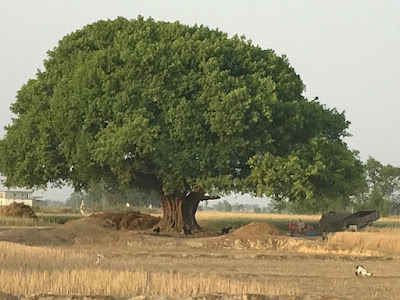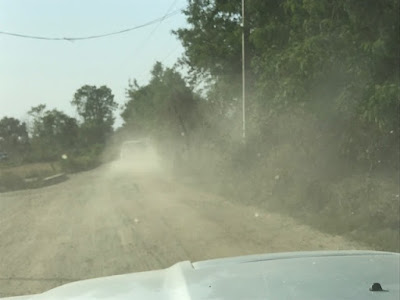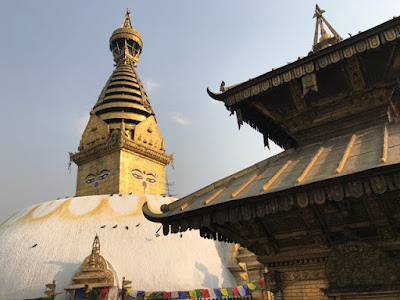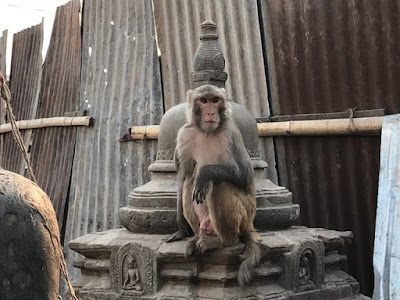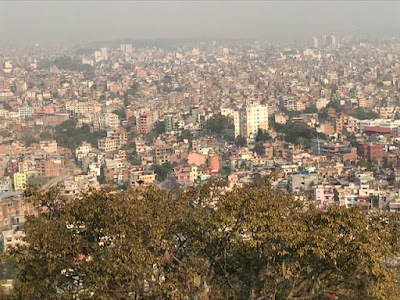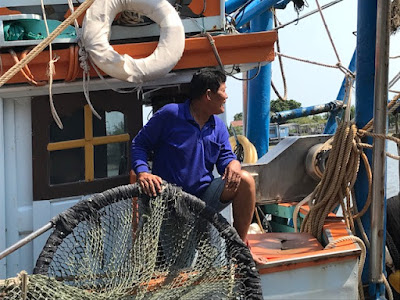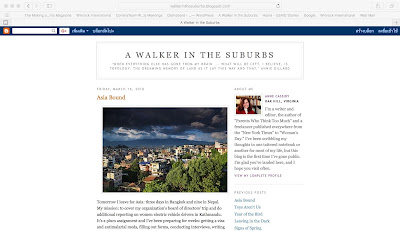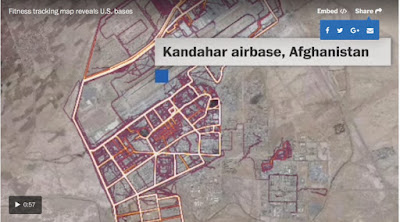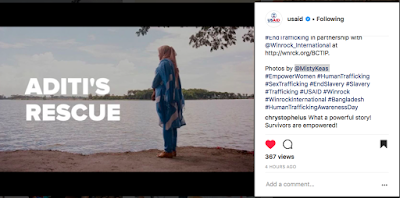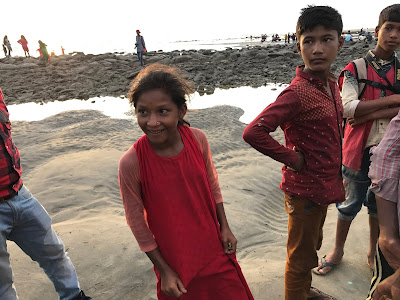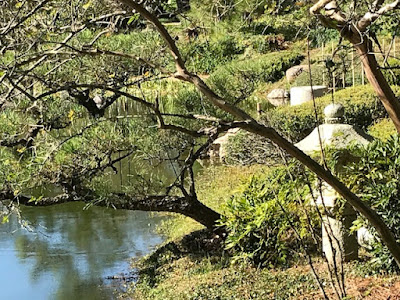Buddha’s Birthplace
Today we visited the sacred garden in Lumbini and saw the marker stone that represents the exact place where the Buddha was born. Brickwork around the stone dates back to 300 B.C., which makes it part of the oldest structure in Nepal.
To meditate at Lumbini is to come closer to enlightenment, said our guide, and plenty of people were trying. We, however, were at the tail end of two days of field visits with farmers, fishers, traders and more. I hope we gave the spot the reverence it deserved.
Later, we hopped a flight back to Kathmandu aboard a Buddha Air flight. A funny name for an airline. Patient acceptance? Life is suffering?
Neither one is their motto … but the plane that was supposed to leave at 4:20 left at 7 p.m. instead. And we patiently accepted the delay.
